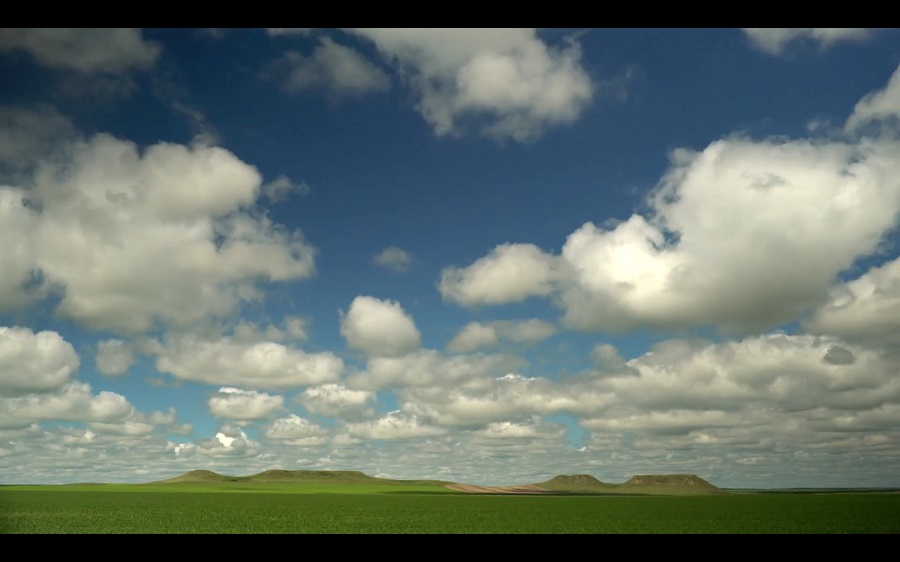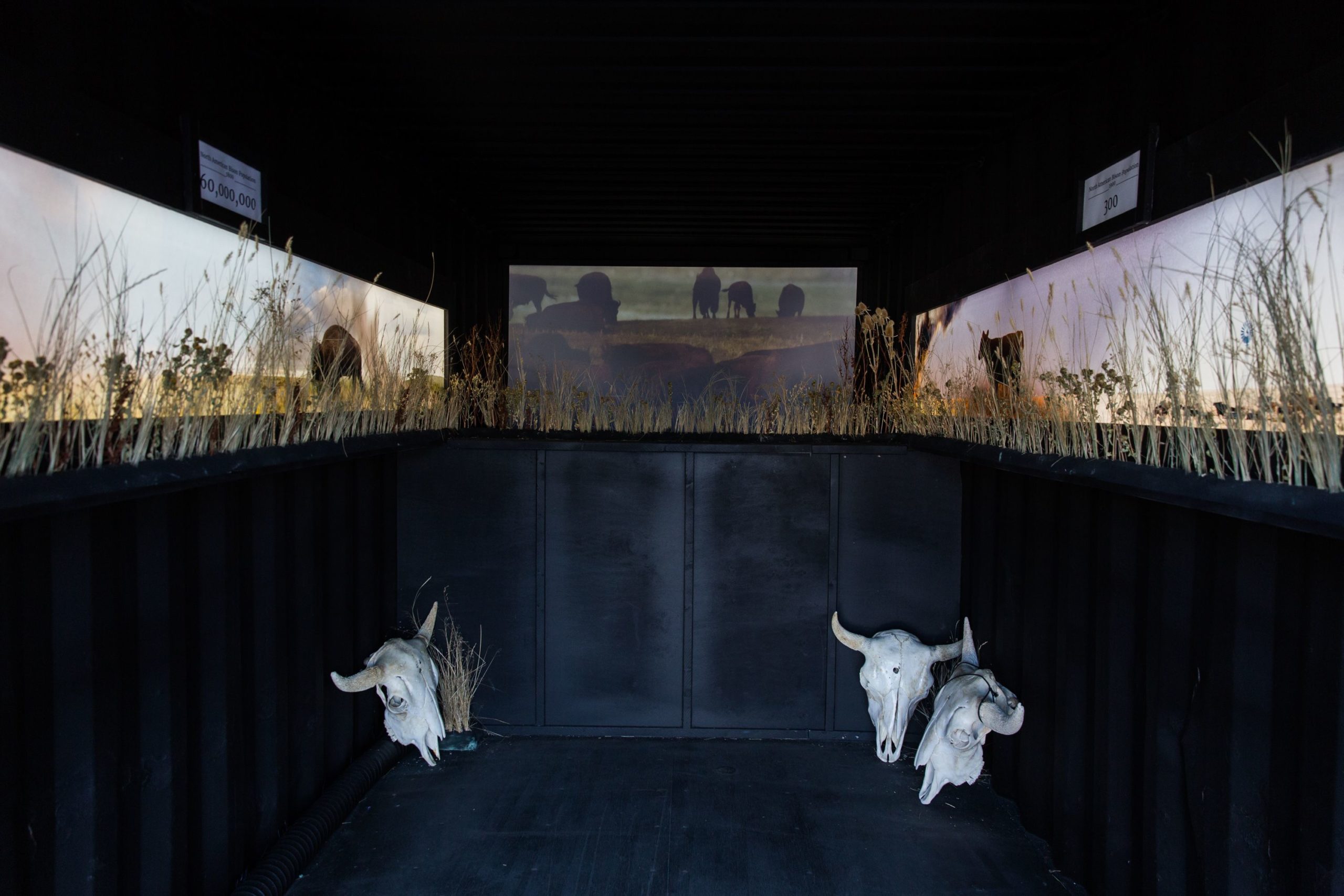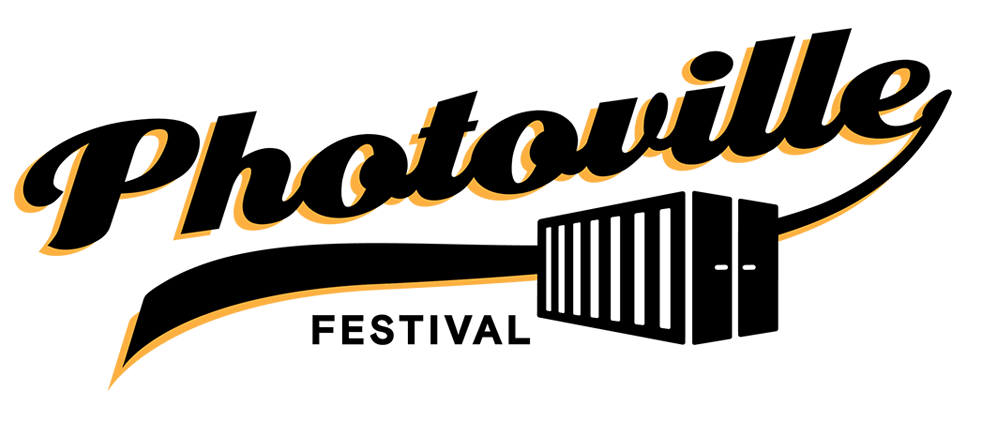



At the core of many public land use debates is an assumption that the soil, rock, grass, trees, and wildlife must possess some utility as a resource in order for protecting the land to be considered defensible. Simply stated, this logic implies that National Forests are for timber, Bureau of Land Management lands are for oil, gas, and mineral extraction, and the National Parks, Monuments and designated Wilderness Areas–well, those places aren’t viewed as particularly useful by adherents to this brand of thinking.
Senator Orrin Hatch (Utah, retired, 2019) explained his opposition to wilderness for its own sake in 2017 by casting Native American proponents for Bear’s Ears National Monument as nothing more than people without a clear concept of the true value of land: “The Indians, they don’t fully understand that a lot of the things that they currently take for granted on those lands, they won’t be able to do if it’s made clearly into a monument or a wilderness. Once you put a monument there, you do restrict a lot of things that could be done, and that includes use of the land…just take my word for it.”
Hatch was widely criticized for his remark, though the critique did not stop Bears Ears from getting chopped to pieces. The former senator and his ideological counterparts are part of a broader land takeover movement, which argues that federal lands should be turned over to states, thus allowing for their subsequent disposal to private interests. They view land as a resource that must be exploited, often meeting little resistance precisely because the land they seek to exploit is remote, unseen, and mistakenly thought to be useless.
The countervailing argument that wilderness should exist for its own sake has been stated and restated by figures like John Muir (Author and Father of the National Parks), President Teddy Roosevelt, Aldo Leopold (Author/Conservationist), and Edward Abbey (Environmental Advocate). Collectively, they make unusual bedfellows, though they represent part of an American tradition that advocated for certain places to remain pristine and untouched by commercial development.
Our exhibition aims to highlight the importance of land being allowed to exist for its own sake, through a series of diptychs that pair sweeping video of so-called useless stretches of wilderness, with actors narrating from first-hand accounts of people speaking about the importance of these places.
The exhibit features six screens mounted on the walls, each video vignette is programmed by a video controller to play in sequence, moving the narration along with the story. A single, rear-projected video featuring narration about the landscapes, will play at the back of the exhibit, synchronized with individual narration. Landscapes may include things which are traditionally viewed as useless, including high-desert sage habitat, interior grass and prairie, and hot and cold American deserts (e.g. Great Basin, Sonoran, et cetera).
At the exhibition’s conclusion, visitors will be implored to place importance on things for which no pecuniary value can be derived, standing in stark contrast to the prevailing sentiments of this administration’s land managers.
Organizations
-

Luceo
Founded in 2007, Luceo is a creative agency specializing in story-based advocacy and strategic media production.
Useless
Featuring: Various Artists
Locations
View Location Details Download a detailed map of this location Brooklyn Bridge Park – Emily Warren Roebling Plaza1 Water St
Brooklyn, NY 11201
This location is part of Brooklyn Bridge Park
Explore other locations and exhibitions nearby

